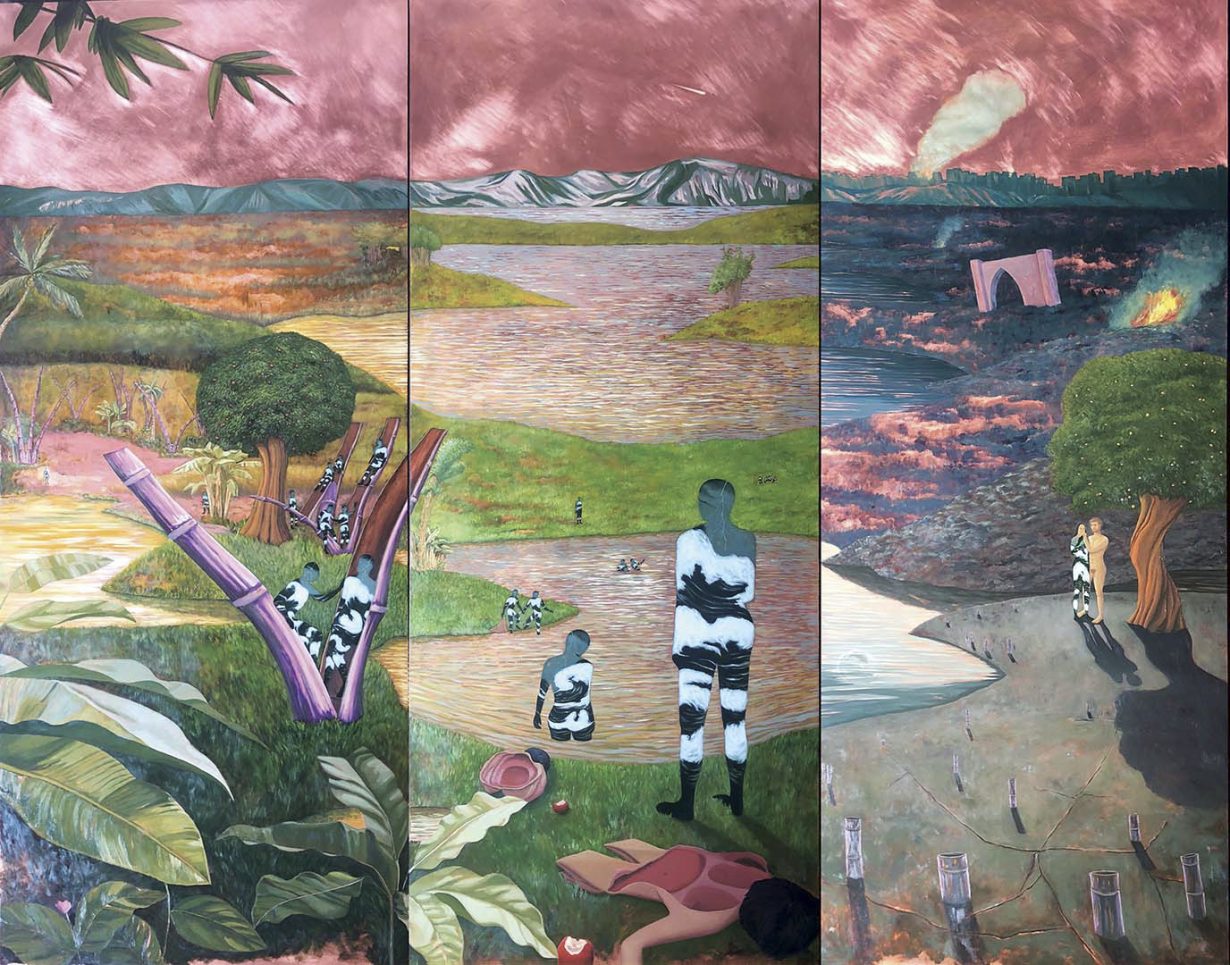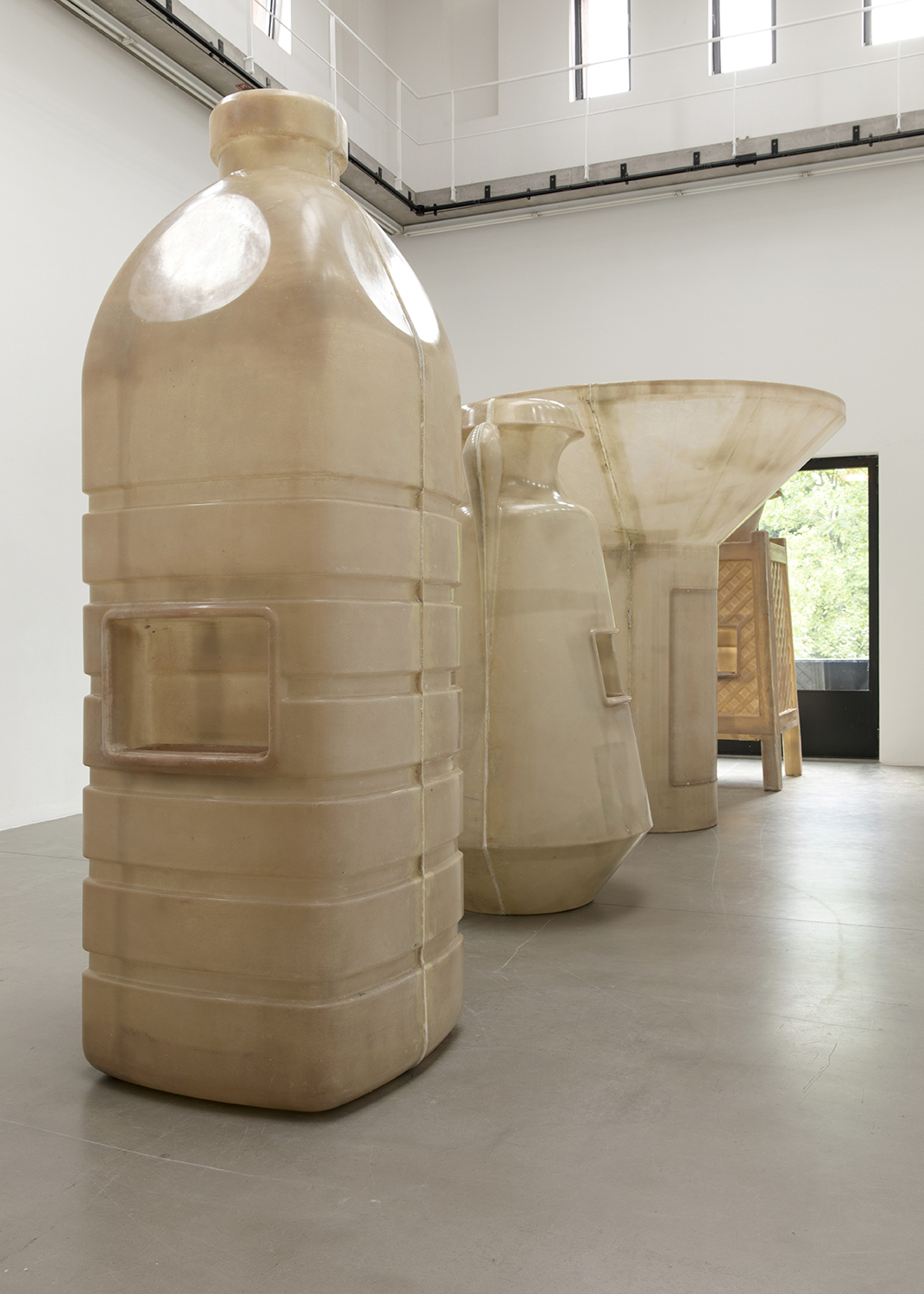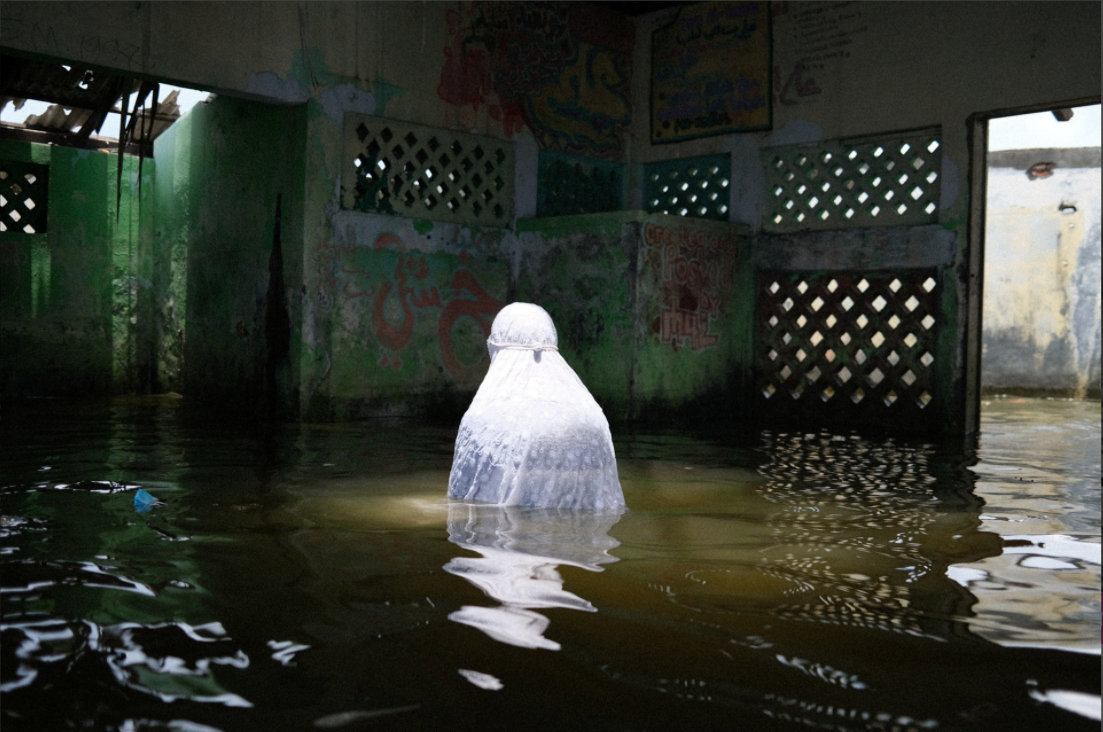APT10 allows for an expansive and specific investigation into the diverse forms of artmaking across the Asia Pacific

APT10 brings together 69 projects by artists and collectives from more than 30 countries. In celebrating art practices across what is referred to in Australia as the Asia Pacific region, APT10 avoids not only the inwardness that might come with a national show (such as Sydney’s biennial The National: New Australian Art), but also the lofty ambitions of a global survey (as is the case for many a biennale). Indeed, it is APT10’s regional focus that gives the exhibition its vibrancy – it allows for an expansive and specific investigation into the diverse forms of artmaking across the Asia Pacific. While this triennial does not shy away from our era of polycrises, it also considers the potential of an imagined collective future.
APT10’s lead curators are listed as Tarun Nagesh, Reuben Keehan and Ruth McDougall, but this is a deeply collaborative exhibition. Indeed, APT10 draws on the knowledge of multiple ‘interlocutors’, partner institutions and researchers, while also aiming to showcase a variety of community-led projects. It is this level of care and attention – and also the generosity in the sharing of cultural knowledge – that adds depth to what is often described as Brisbane’s ‘blockbuster’ cultural event.


Such a framework means that APT10 has several exhibitions-within-exhibitions, many of which have a specific focus on First Nation perspectives. Between the Earth and Sky (curated by Etan Pavavalung and Manray Hsu) considers the land, ecology and cosmology in the work of eight Taiwanese indigenous artists, while the Yolngu/Macassan Project (curated by Abdi Karya and Diane Moon) explores the historic connections between the Yolngu of northeast Arnhem Land and the Macassans of South Sulawesi, Indonesia.
The risk in adopting a more dispersed mode of curating for such a substantial exhibition is that it could appear too disparate and unwieldy. But here the opposite is true. Much of this has to do with the way the triennial doesn’t compress a vast array of artmaking practices – which stem from so many regional locales – into a single overarching theme. Instead, APT10 revels in a kind of heteroglossia: multiple dialogues, preoccupations and cross-cultural resonances occur simultaneously, and because of this, thematic crosscurrents can surface of their own accord. To take one example: a preoccupation with water recurs again and again, whether via Salote Tawale’s 13.5m-long raft in No Locations (2021), Alia Farid’s five oversize receptacles for In Lieu of What Was (2019) or Kaili Chun’s expansive installation Uwē ka lani, Ola ka honua (When the heavens weep, the earth lives) (2021). In these works, among others, water is configured as supply channel, mode of escape, migration route, commodity or spiritual connector.

Many of the works across APT10 explore the region’s histories, its colonial and imperialist incursions and occupations, and the future threats of ecological collapse. But the exhibition also celebrates artmaking as a vehicle for remembrance, ritual, renewal and joy. In this way, APT10 looks both forward and back: there is Tita Salina and Irwan Ahmett’s two-channel videowork Garuda Berkepala Naga (The Dragon-headed Garuda) (2021), which uses the mythological figure of the Garuda as a locus for investigating Jakarta’s coastal shores, or Bani Abidi’s sound installation, a tribute via song to the one million Indian soldiers who served in the First World War. Alongside Abidi’s soundscape, a selection of letters from soldiers are housed in lightboxes, with each typed A4 page glowing like a beacon. (One soldier, Ser Gul, writing home in 1915: ‘I have no need of anything, but I have a great longing for a flute to play. What can I do? I have no flute.’) Then there is Subash Thebe Limbu’s standout NINGWASUM (2020–21) – a futurist videowork that sees two members of the Yakthung (Limbu) community of Eastern Nepal time-travelling through space. Challenging Western narratives of ‘progress’ and ‘development’, NINGWASUM envisions a speculative future in which an indigenous nation combines its knowledge, culture and ethics with time-shifting technological discoveries.

APT10’s commitment to futurist possibilities is no mean feat, given that the triennial takes place at a time of heightened geopolitical tension. The USA is pivoting towards its ‘Indo-Pacific strategy’, Australia has signed up to the controversial AUKUS deal, China’s Belt and Road Initiative continues to expand, and the new QUAD alliance between Australia, the US, India and Japan proffers itself as a regional counterweight. But the artists and collectives that make up APT10 are both attuned to, and disparaging of, the ways in which nation-states continue to co-opt this region as a ‘sphere of influence’.
Indeed, part of APT10’s strength lies in its refusal to accept the construct of the nation-state – as opposed to indigenous sovereignty – as the dominant paradigm. As Thebe Limbu’s narrator says in NINGWASUM: “It’s a shame you can’t see through your silly little flag.”
10th Asia Pacific Triennial of Contemporary Art (APT10) at Queensland Art Gallery & Gallery of Modern Art, Brisbane, through 25 April
From the Spring 2022 issue of ArtReview Asia